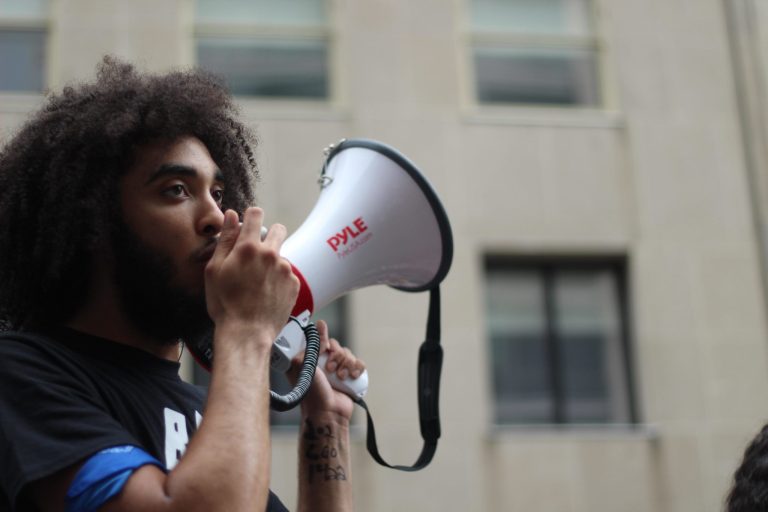There are few things that feel as patronizing as when a non-Black person calls me “sis.”
There’s something sinister about seeing the same non-Black people who harassed Black students for our inability to pronounce “ask” dipping their toes into a blaccent or the habitual be for the sake of comedy. I grew up hearing Standard American English speakers berate the way that my Black family spoke, and now those people — who have the same lack of respect for my father’s African American Vernacular English (AAVE) — feel entitled to use bastardized interpretations of it to reinforce negative stereotypes about Black people.
All of this points to a larger conversation about how non-Black people adopt AAVE in a patronizing way. As said by Ijeoma Alozie ’24, “It speaks volumes about how people view Black people when [non-Black people] only use AAVE when they’re trying to seem aggressive.” This isn’t just an issue of mockery; it represents a greater issue of how non-Black people understand Black culture and racial essentialism.
I bring up racial essentialism — the view that racial groups have specific essences built upon unalterable traits — not to throw around terms, but to reflect on how we reframe racial stereotypes for the comfort of those in the majority without reconstructing the systems and institutions that marginalize. It’s no longer appropriate to use the word “ebonics” — rightly so — but we continue to marginalize speakers of AAVE by associating them with anger, entertainment and a lack of education. The issue lies in how non-Black people employ AAVE as a means of dehumanization.
Non-Black people use AAVE when they’re joking because the thought of them speaking like a Black person is laughable. They use AAVE when they’re angry because they view Black people as caricatures of anger. The butt of the joke is that Black culture and language is incompatible with their non-Black — or, more accurately, anti-Black — lives.
The perception of AAVE as representing a lack of education reveals itself when a certain word or phrase gains so much popularity that it is described as “Gen Z slang” or “stan culture.” This mistakenly positions AAVE as a confused version of Standard American English with bad grammar. Needless to say, an integral part of Black culture can’t be learned by going on TikTok, just like you can’t be fluent in a language by learning all the swear words. AAVE is a dialect built upon centuries of oppression, and non-Black people continue to disrespect its history when they appropriate broken AAVE into their own speech, treating the vernacular as a playground rather than a dialect.
It also takes a toll on Black students to have their culture stripped away from them as early as elementary school, as they watch their peers getting to enjoy AAVE without consequence. Most Black students who grow up speaking AAVE have a distinct memory of being told to speak “properly,” as if deviating from the confines of Standard American English was any measure of intelligence. As a result, Black youth are forced to either learn how to code switch, or choose what Joanne L. Vacca describes as a single loyalty to either white academia or Black culture. And whether it be pursuing higher education, housing, careers or even healthcare, Black people have been conditioned to linguistically assimilate as a survival tactic.
Toni Morrison writes: “The systematic looting of language can be recognized by the tendency of its users to forgo its nuanced, complex, midwifery properties for menace and subjugation.” When non-black people call me sis, as well intentioned as they may portray themselves, they replace the solidarity between Black women with their entitlement to looted language.
The Daily is committed to publishing a diversity of op-eds and letters to the editor. We’d love to hear your thoughts. Email letters to the editor to eic ‘at’ stanforddaily.com and op-ed submissions to opinions ‘at’ stanforddaily.com.
